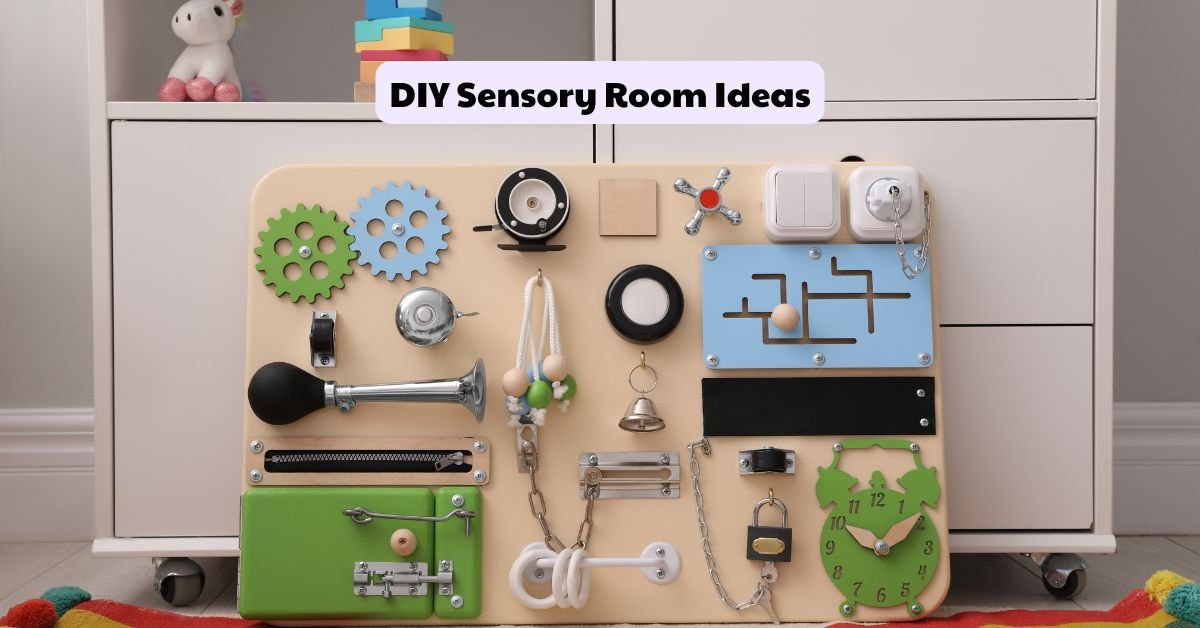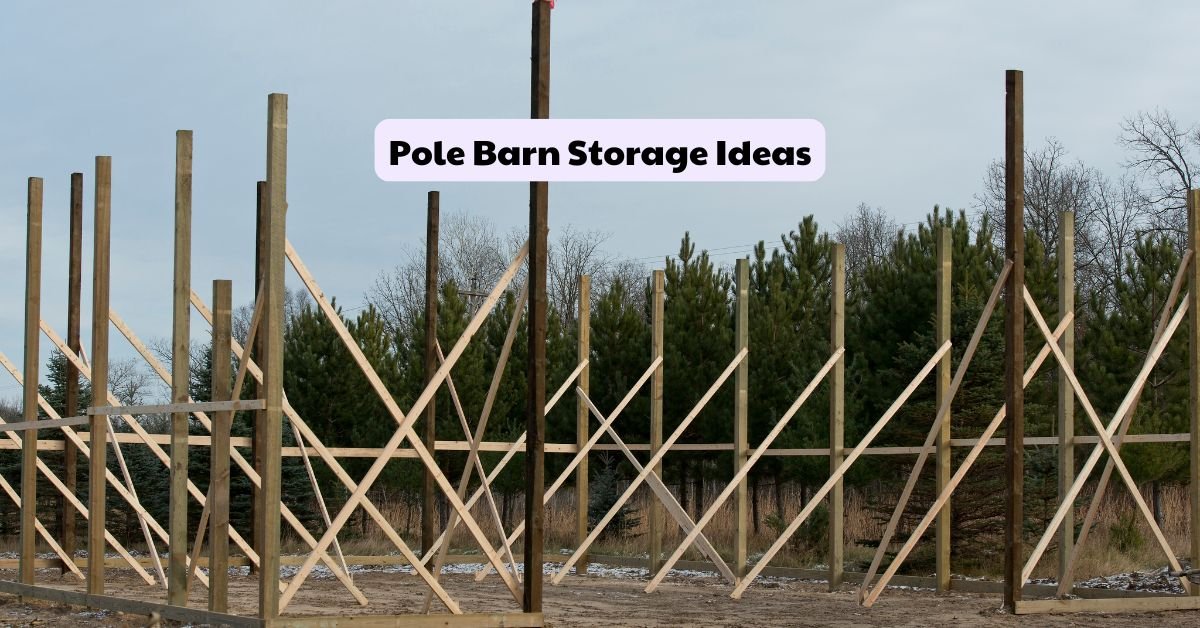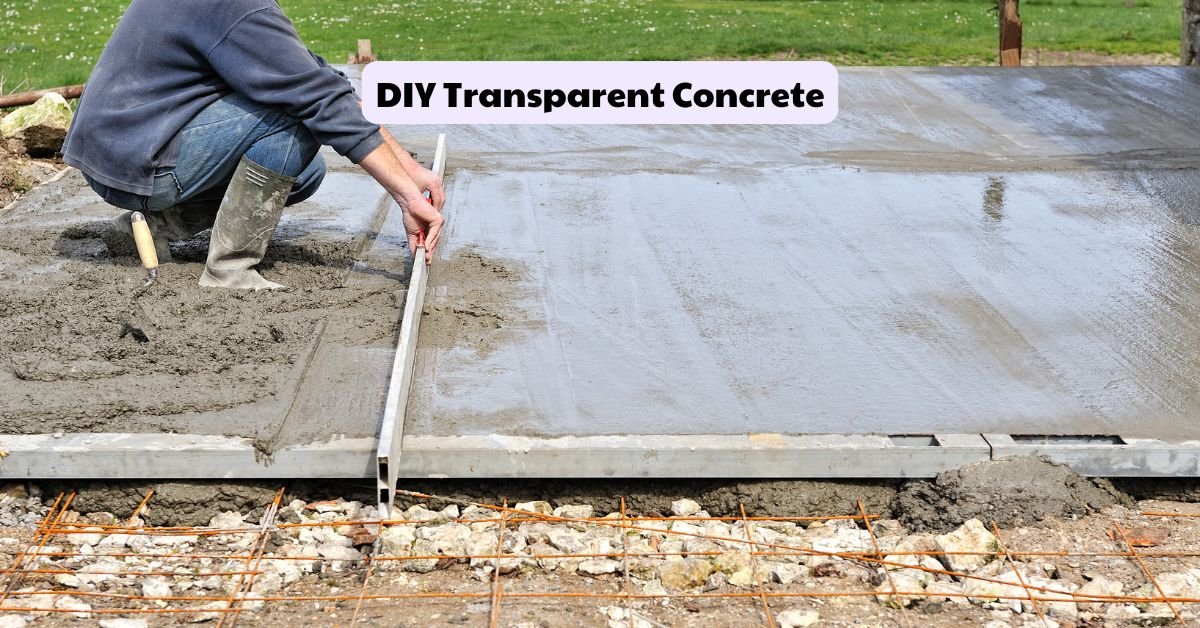DIY Sensory Room Ideas – Because Everyone Deserves a Chill Zone!
You might have heard the whispers about “DIY sensory rooms”, those magical spaces designed to either soothe your soul or amp up those senses, but honestly, they seem kinda fancy and complicated, right? Well, they don’t have to be.
Seriously, you can create an awesome sensory room (or even a chill corner) in your own home without needing a degree in interior design or a mega-budget!
So, what’s the deal with sensory rooms anyway? Well, they’re all about creating a space that’s tailored to engage those senses you know sight, sound, touch, maybe even smell and taste if you wanna get fancy.
These rooms can be super helpful for all ages think kiddos with autism or sensory processing issues, stressed-out students who need that ‘chill time’, or even overworked adults like yourself who are looking for that perfect spot to unwind.
The best part? There’s no one-size-fits-all approach here. You create a space that’s as unique as you (or whoever’s lucky enough to be using this special zone!).
And today we will be throwing around some easy and inexpensive DIY ideas to get you started!
DIY Sensory Room Ideas
Lets explore some DIY Sensory Room Ideas in Detail.
1. Gathering the Goods
First, you have to gather the good. let’s Discuss this in detail.
Basic Stuff – Let’s Keep it Simple
Don’t get fancy here yet! These are the simple starter suggestions. We’re talking about comfortable seating if a giant bean bag chair is what makes you feel cosy then add that to your design idea (just be sure there’s a light source nearby for evening chill time!).
Even having access to different textured blankets can be the game changer soft and fluffy or slightly heavier, with texture? That’s where the sensory element comes into play.
Getting Crafty Those Hidden Talents Might Be Useful Here!
It’s time to dig out those craft supplies that have been gathering dust since that failed pandemic hobby project! Yarn? We can use it to create textured panels on a wall.
Craft glue (ensure it’s non-toxic for those of you planning a kids’ zone!) is great for putting pom-poms and googly eyes onto those empty bottles that used to hold bubble stuff. That spare cardboard box you kept “just in case”?
2. Creating a Chill Zone – Location, Location, Location
The next step is to Select the location. lets explore this in detail.
Layout Get the Map Out
Just shoving a beanbag chair into that empty closet won’t achieve the calm you are looking for. There is merit in asking the ‘space user’ where in the house or area makes them feel cosy and comfortable before any heavy lifting happens.
Even if you live in a small apartment or are looking for that shared workspace to get this Zen corner going using a room divider, there are design principles to consider!
Maybe that spare bedroom that’s full of gym equipment you never used the time to shift things and get more intentional with what that area of your dwelling can bring to you (and your mental well-being!).
Lights! Mood vs. Brightness Why Not Both?
Imagine a dimmer switch where the lights go from dim to very bright on demand oh wait, these products exist in the lighting department.
What mood or feeling is your sensory zone hoping to evoke? Cosy, like that time you sat by the fire and the only light source was the warm glow from the hearth?
That lighting element can be easily recreated with small accent lights near the edges or maybe a curtain of white lights behind those gauzy sheets (no lights near fabric if that room’s for young ones though!).
3. Sensory Stuff – Let’s Amp it Up
The Next part is to do some Sensory stuff.
Texture is the Name of the Game
You can really go down a DIY rabbit hole when researching ways to bring that touchy-feely element into your room’s design.
Do you hang objects on walls to encourage play and grabbing? Are the toys within the zone of different textures (some plastic, some rough wood) that variety will stimulate and activate the sensory receptors, whether those senses belong to toddlers or overstressed adults?
Even considering tactile wall panels could be the upgrade if your design has the right foundation (flat wall!). You don’t have to get these from specialists that shaggy carpet square cut up and used strategically on a plain wall surface will also achieve a different look and a touchy experience!
Eyes! Stimulation Doesn’t Have to Be Scary!
This is a chance to embrace all those ‘kitschy’ elements from the shopping mall you walked through and laughed at we aren’t mocking you here go and invest in that rainbow glitter tube thingy with the lights that appear to make things float and water go round and round.
What’s the harm here the space is about the individual. Even investing in those lighting projections of night skies will do something magical when projected up high.
Noise Finding That Right Tune
Whether it’s complete silence or having some ambient noise playing that is tailored to suit your preference, the decision you make here could play a part in creating those other zones too.
In this part of the process, you’re just starting off with what can create that all-encompassing soothing sound for the whole room or area (but these choices can also be brought to other zones if they create more interest for the user)!
4. Sensory Zones – Your Needs Determine Your Room
The next step is to Plan your project.
Creating a Space for Everything!
If those school counselors or therapists know something it’s that those who can regulate their sensory reactions often need that calm zone to achieve that reset moment.
This section should take precedence over others when deciding what the zone needs is the chair you initially planned going to work, or do they need something else like that swinging chair or maybe just something with firm boundaries, like a padded area created on the floor with an edge that the user knows won’t collapse in the middle when they move suddenly!
Thinking Zone
Maybe a space that encourages brain activity will benefit others or maybe these activities only happen for some users after those chill-out reset moments in that other zone that’s okay too and what’s important is choosing materials that can help calm light blues or other less offensive colours on walls and if you’re creating games on those surfaces, make sure those colours can calm as well.
If the activity space needs light there are those clamp lights out there (they look kinda industrial and clamp onto almost any edge or horizontal beam which is good for temporary solutions for work or art surfaces!).
And a cool rug that can handle spilt paints can create that ‘work happens here’ feel for all those tactile, arty activities.
5. Make It Your Own
Now it’s time to add some personal touches that make this feel like yours.
Decor That Makes You Smile!
The best part about having this zone in a private residence? You can use any decorating element that evokes joy and happiness (especially in that calming area!) Do you put a few favourite art pieces on the walls? Make a montage of pictures of you and your friends hanging out together.
This is your zone go wild here, and if budget’s an issue try finding free art or going digital use your tablet or iPad to display vacation pics or memories (the iPad might have to have a safety ledge so it doesn’t fall and break)!
Activities that Help Us Engage!
So if one area is going to be super tactile, you could get interactive in the space as well creating small puzzles or a game like hide-and-seek with household objects (these could also be sensory in texture and the rules of that game are up to you!)
Creating pathways that have a goal to finish or that will only have a special prize revealed if you successfully jump between the hoops that you lay out?
Conclusion! Did This Make Sense to You?!
This article covered a lot because those zones need to serve a specific person’s unique requirements!
So what to take away as the most important advice here? It’s about getting that person in the design conversation and trying to incorporate things they love.
A sensory room that they actually use to improve their life is worth every single effort. And the research into what works best. Well, that may change things again later, as with any personalized project that adapts to people’s needs!
Over To You! Have We Inspired you to Get your Zone on?!
If you were inspired by this article and took action on your sensory spaces especially if you had some really creative design solutions that were on the budget please drop those comments and thoughts in the box below!
There’s an entire audience waiting for those creative inspirations (including me!), so don’t hold back. And hey, share this article with other creators too we are looking for as much feedback and suggestions as we can your comments help us tailor our content, so get creative, because life’s too short for boring stuff.




